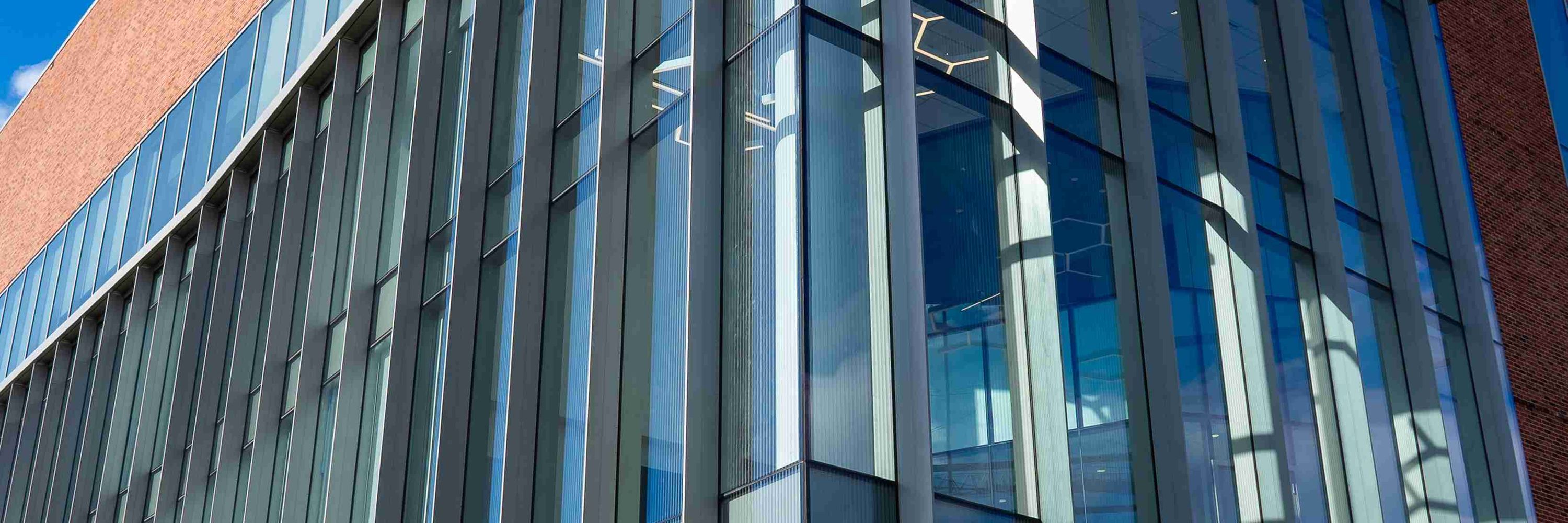
UMD Science
@umdscience.bsky.social
Science with an impact from the College of Computer, Mathematical, and Natural Sciences at the University of Maryland. Follows/shares ≠ endorsements.
The Earth's core-mantle boundary separates two very different geologic realms—but new evidence suggests the core is somehow leaking out to the surface.
"In a sense, it's the meeting of two planets," @umdgeology.bsky.social's Ved Lekić told @quantamagazine.bsky.social ➡️ go.umd.edu/20yf
"In a sense, it's the meeting of two planets," @umdgeology.bsky.social's Ved Lekić told @quantamagazine.bsky.social ➡️ go.umd.edu/20yf
August 8, 2025 at 4:04 PM
The Earth's core-mantle boundary separates two very different geologic realms—but new evidence suggests the core is somehow leaking out to the surface.
"In a sense, it's the meeting of two planets," @umdgeology.bsky.social's Ved Lekić told @quantamagazine.bsky.social ➡️ go.umd.edu/20yf
"In a sense, it's the meeting of two planets," @umdgeology.bsky.social's Ved Lekić told @quantamagazine.bsky.social ➡️ go.umd.edu/20yf
@umdgeology.bsky.social's Nick Schmerr analyzed samples from the #Apollo17 landing site to identify seismic activity.
Learn how their findings could impact future missions and long-term lunar infrastructure: go.umd.edu/moonquake
Learn how their findings could impact future missions and long-term lunar infrastructure: go.umd.edu/moonquake
July 31, 2025 at 4:59 PM
@umdgeology.bsky.social's Nick Schmerr analyzed samples from the #Apollo17 landing site to identify seismic activity.
Learn how their findings could impact future missions and long-term lunar infrastructure: go.umd.edu/moonquake
Learn how their findings could impact future missions and long-term lunar infrastructure: go.umd.edu/moonquake

